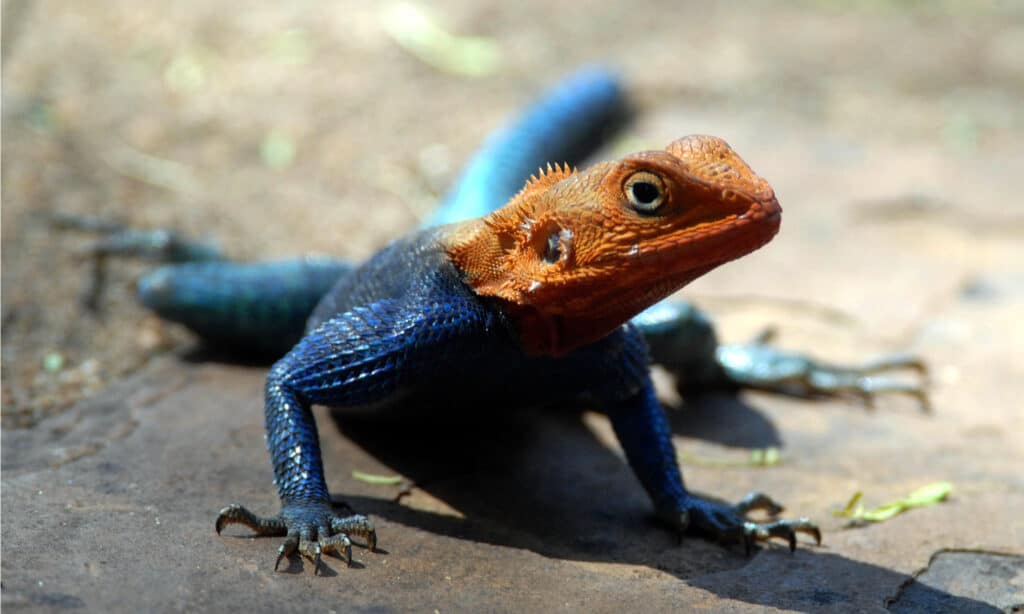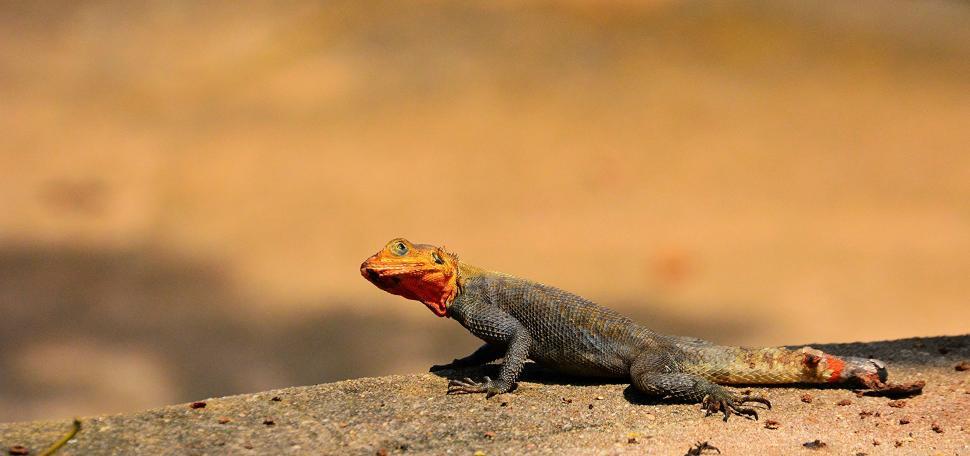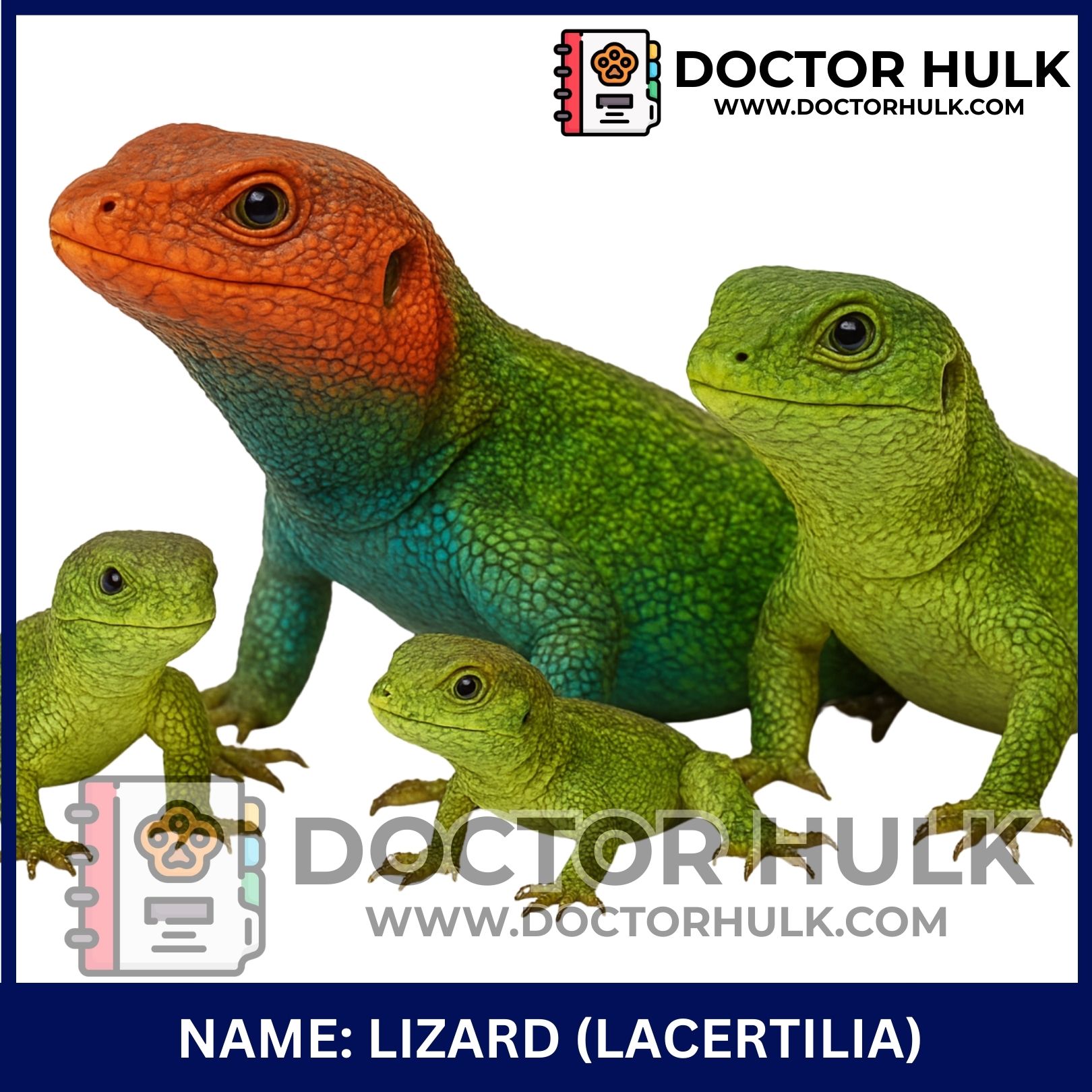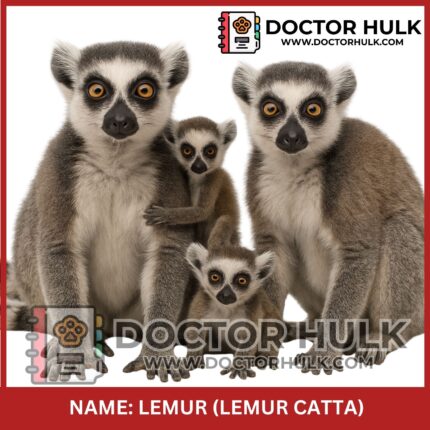Lizards are small to medium-sized reptiles that live in many parts of the world. They move quietly, climb easily, and love warm places. Some are colorful, while others blend with trees, rocks, or walls. Most lizards are harmless and help control insect populations.
Scientific Classification
-
Kingdom: Animalia
-
Phylum: Chordata
-
Class: Reptilia
-
Order: Squamata
-
Suborder: Lacertilia (also called Sauria)
Common Names
-
Lizard
-
Wall Gecko (a common house lizard)
-
Agama (bright-colored African lizard)
-
Monitor Lizard (large, powerful species)
Geographic Distribution
Lizards live on almost every continent except Antarctica. You’ll find them in:
-
African forests and savannahs
-
Tropical and desert regions
-
Inside homes and gardens
-
Rainforests and rocky mountains
Image showing an agama lizard sunbathing on concrete post (Source: Pexels)
Physical Characteristics
-
Body: Slender and long with four legs
-
Tail: Some can drop their tails to escape danger
-
Skin: Scaly and dry
-
Eyes: Sharp and alert, some can move independently
-
Color: From plain brown to bright orange, green, or blue
Common species of Lizards
1. Agama Lizard
 Image showing a male agama with bright blue and red colors (Source: A-Z Animals)
Image showing a male agama with bright blue and red colors (Source: A-Z Animals)
-
Found across Africa
-
Males have bright heads during mating season
-
Lives on rocks and sunny walls
Key Facts:
-
Size: 12–30 cm
-
Active during the day
-
Eats insects
2. Wall Gecko
 Image showing a small pale lizard clinging to a wall (Source: iStock)
Image showing a small pale lizard clinging to a wall (Source: iStock)
-
Lives in homes, eats mosquitoes and insects
-
No eyelids — licks eyes to clean them
-
Makes soft clicking sounds at night
Key Facts:
-
Size: 5–15 cm
-
Harmless to humans
-
Common in Nigeria and other warm regions
3. Monitor Lizard
 Image showing a large monitor lizard near water (Source: Invasive Species South Africa)
Image showing a large monitor lizard near water (Source: Invasive Species South Africa)
-
Big and powerful, some over 2 meters long
-
Lives in forests and riversides
-
Can bite or scratch when threatened
Key Facts:
-
Size: Up to 3 meters
-
Eats fish, eggs, rodents
-
Not for keeping as pets
What do Lizards eat?
Most lizards are insect eaters, but some eat fruit, plants, or even small animals. Their diet includes:
-
Ants and termites
-
Cockroaches
-
Spiders
-
Grasshoppers
-
Small birds or rodents (larger lizards)
Fun facts about Lizards
-
Some lizards can regrow their tail if it’s cut off!
-
They love basking in the sun to stay warm.
-
Lizards use their tongue to smell the air.
-
Some can change color to blend in or show mood.
-
Wall geckos are great at climbing smooth walls.
Importance to Humans
Helpful Roles:
-
Kill mosquitoes and bugs inside homes
-
Natural pest control in farms and gardens
-
Part of many local folktales and traditions
-
Food source in some cultures
Challenges:
-
Some people fear them (though most are harmless)
-
Large lizards may eat small farm animals
-
Can carry bacteria like salmonella (mostly in pets)
Health & common issues
Lizards rarely need care unless they are kept as pets or found injured.
Common Problems:
-
Injuries from falls or predators
-
Tail loss (they regrow it, but slowly)
-
Skin shedding problems
-
Dehydration or stress in captivity
For pet lizards:
-
Need UV light and proper diet
-
Must be kept warm and clean
-
Require regular vet checkups
Conservation Status
-
Most common lizards are not endangered.
-
Some types, like the Komodo Dragon, are protected.
-
Threats include habitat loss, hunting, and pollution.
Many countries now protect wild reptiles and promote conservation in parks and reserves.
 Image showing a lizard sitting on a warm stone in the sun (Source: Freerange Stock)
Image showing a lizard sitting on a warm stone in the sun (Source: Freerange Stock)
If you have just found an injured wild reptile or you need help with keeping a pet lizard, you can reach out to us at Doctor Hulk Veterinary Hospital, or simply call 08143397614.













Reviews
There are no reviews yet.